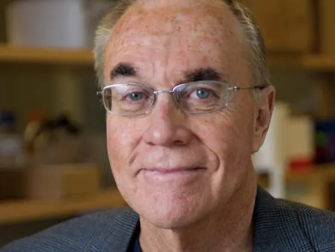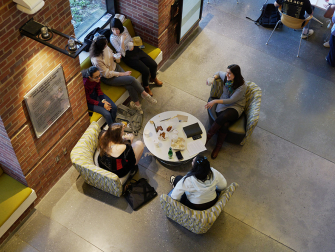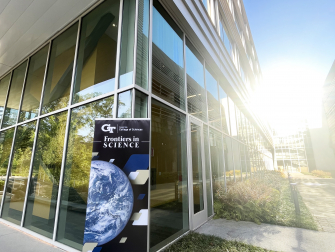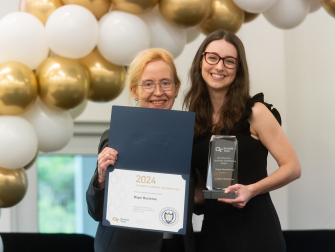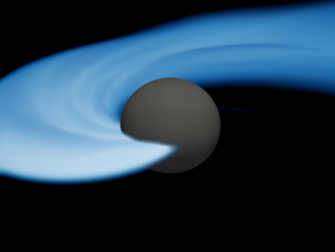To request a media interview, please reach out to experts using the faculty directories for each of our six schools, or contact Jess Hunt-Ralston, College of Sciences communications director. A list of faculty experts is also available to journalists upon request.
News Archive
The Center for Teaching and Learning recently hosted an annual ceremony to honor Teaching Assistants (TAs) at Georgia Tech, celebrating excellence in teaching throughout the Institute and acknowledging the invaluable role TAs and future faculty play in shaping the minds of students and enriching the academic community at Tech.
The College of Sciences is funding two research centers through a new seed grant program. Selected from a finalist pool of nine proposals, Associate Professors Yuanzhi Tang and Thackery Brown’s ideas were chosen due to their high potential for novel interdisciplinary research and impact. A second call for research center proposals is planned for January 2025.
The new technique can be used to study the dynamics of other biomolecules, breaking free of constraints that have limited microscopy to still images of fixed molecules. “This is the first time we are looking at a protein on an individual scale and haven't frozen it or tagged it,” says Aditi Das, associate professor in the School of Chemistry and Biochemistry.
The team used a computational math theory to identify gene-gene interactions that may be good targets for treating basal-like cancers that are resistant to traditional hormone therapies.
Two grad students share the importance of developing women-centered communities and provide their insight into developing a community.
This Earth Month more than 100 campus and community stakeholders gathered near the Georgia Tech EcoCommons for the 2024 Frontiers in Science: Climate Action Conference and Symposium. On April 18, the College of Sciences hosted more than 20 speakers and panelists from across the Institute and Atlanta community presenting groundbreaking research and discussing innovations and ideas in climate change, challenges, and solutions.
Three researchers in a joint international research laboratory based at Georgia Tech-Europe in Metz, France, are among a team demonstrating cutting-edge single-crystalline integration — using a precise layer splitting technique to overcome material drawbacks.
Their awards total more than $9.5 million in funding, the most Georgia Tech has ever had in the program.
We asked our postdocs whom they would like to extend their thanks. Their responses revealed the profound impact of collaboration, mentorship, and peer support.
Students from all six College of Sciences schools were recognized for excellence at this year's celebration.
A team of Georgia Tech researchers is the first to study the relationship between fluctuations in attention and the brain network patterns within low-frequency 20-second cycles. They found that synchronized and desynchronized activity in different brain networks across 20-second cycles corresponds to small shifts in attention levels. The research may have applications for therapeutic treatments and could be a springboard for future innovation.
Shortly after the start of the fourth LIGO-Virgo-KAGRA (LVK) observing run, the LIGO Livingston detector observed a remarkable gravitational-wave signal from the collision of what is most likely a neutron star with an unknown compact object — one that's 2.5 to 4.5 times the mass of the Sun.
- ‹ previous
- 2 of 106
- next ›




